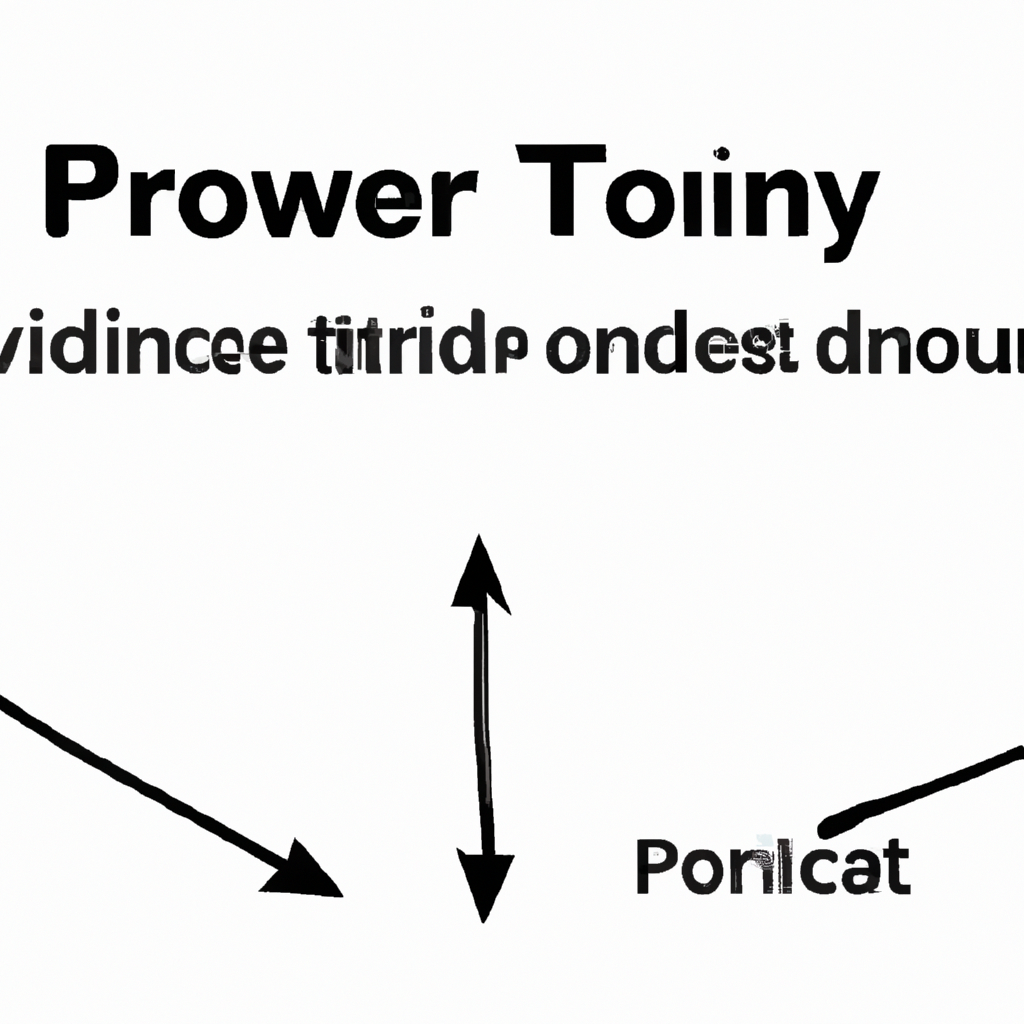Pivot Point Trading Strategies: Unlocking Profit Potential
Introduction
Pivot point trading is a popular technique used by traders to identify potential turning points in the market. By analyzing the pivot point levels, traders can make informed decisions about when to enter or exit trades, maximizing their profit potential. In this article, we will explore some effective pivot point trading strategies that can help you navigate the markets with confidence.
Understanding Pivot Points
Pivot points are significant price levels calculated based on the previous day’s high, low, and close prices. These levels act as potential support or resistance areas, indicating where the market sentiment may change. The most commonly used pivot point calculation method is the Standard Pivot Point Formula, which involves the following levels:
1. Pivot Point (PP): (High + Low + Close) / 3
2. Resistance 1 (R1): (2 x PP) – Low
3. Resistance 2 (R2): PP + (High – Low)
4. Resistance 3 (R3): High + 2 x (PP – Low)
5. Support 1 (S1): (2 x PP) – High
6. Support 2 (S2): PP – (High – Low)
7. Support 3 (S3): Low – 2 x (High – PP)
Strategy 1: Pivot Point Bounce
One popular strategy is the pivot point bounce, where traders look for price reversals near the pivot point levels. Here are the steps to implement this strategy:
1. Identify the pivot point level for the day.
2. Monitor price action as it approaches the pivot point.
3. Look for signs of a bounce, such as candlestick patterns, bullish or bearish divergence, or oversold/overbought conditions on oscillators.
4. Enter a long trade if the price bounces off the pivot point and shows upward momentum.
5. Set a stop-loss order below the pivot point level to limit potential losses.
6. Take profits near the first resistance level (R1) or any subsequent resistance levels if the price continues to rise.
Strategy 2: Pivot Point Breakout
Another popular strategy is the pivot point breakout, where traders aim to capture significant price movements beyond the pivot point levels. Follow these steps to implement this strategy:
1. Determine the pivot point level for the day.
2. Monitor price action as it approaches the pivot point.
3. Wait for a decisive breakout above the pivot point level.
4. Confirm the breakout with other technical indicators, such as volume or momentum oscillators.
5. Enter a long trade if the breakout is confirmed and shows upward momentum.
6. Set a stop-loss order below the pivot point level to manage risk.
7. Take profits near the first resistance level (R1) or any subsequent resistance levels if the price continues to rise.
Strategy 3: Pivot Point Reversal
The pivot point reversal strategy aims to capture trend reversals at the pivot point levels. Here’s how you can implement this strategy:
1. Identify the pivot point level for the day.
2. Monitor price action as it approaches the pivot point.
3. Look for signs of a reversal, such as candlestick patterns, bearish or bullish divergence, or overbought/oversold conditions on oscillators.
4. Enter a trade in the opposite direction of the previous trend if the reversal signals are strong.
5. Set a stop-loss order above/below the pivot point level to limit potential losses.
6. Take profits near the first support level (S1) or any subsequent support levels if the price continues to reverse.
Conclusion
Pivot point trading strategies offer traders a systematic approach to identify potential turning points in the market. By incorporating pivot points into your trading arsenal, you can gain a deeper understanding of market dynamics and increase your profit potential. Remember to combine pivot points with other technical indicators for confirmation and always practice proper risk management.

